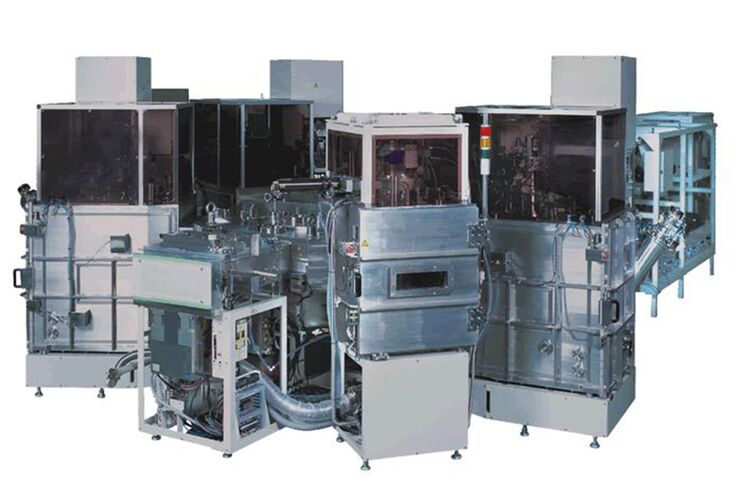ESPOO, Finland, 28th December, 2016 – Picosun Oy, the leading
supplier of advanced industrial ALD (Atomic Layer Deposition) solutions,
reports winning more than 20 new customers in China for its ALD systems
since December 2015.
According to SEMI, out of 62 front-end fabs that will open worldwide
over the next three years, 26 are in China, representing 42% of the
global total. (Data from SEMI)
Amongst these customers are many of China’s leading companies in LEDs, III-V semiconductors, and new energy. Thanks to the high technical level of PICOSUN™ ALD equipment and the excellent customer support, Picosun has become the supplier of choice for ALD technology in China.
Chinese semiconductor manufacturing and the number of planned fabs in the country are booming, making China the new key market for semiconductor processing equipment. This is the most excellent news considering Picosun’s prominent position as the advanced ALD solutions provider. Collaboration with the leading Chinese research institutes is further supporting Picosun’s sprint in the market.
“We are extremely happy with the development of our ALD business in China. Our achievements are based on solid ALD knowhow, high-level support and proprietary designs, which give the best value for our Chinese customers and ensure our steady progress in the Chinese market. We are committed to our customer satisfaction by providing the newest and the best ALD solutions and systems in the market,” states Mr. Xiaopeng Wu, CEO of Picosun China.
Amongst these customers are many of China’s leading companies in LEDs, III-V semiconductors, and new energy. Thanks to the high technical level of PICOSUN™ ALD equipment and the excellent customer support, Picosun has become the supplier of choice for ALD technology in China.
Chinese semiconductor manufacturing and the number of planned fabs in the country are booming, making China the new key market for semiconductor processing equipment. This is the most excellent news considering Picosun’s prominent position as the advanced ALD solutions provider. Collaboration with the leading Chinese research institutes is further supporting Picosun’s sprint in the market.
“We are extremely happy with the development of our ALD business in China. Our achievements are based on solid ALD knowhow, high-level support and proprietary designs, which give the best value for our Chinese customers and ensure our steady progress in the Chinese market. We are committed to our customer satisfaction by providing the newest and the best ALD solutions and systems in the market,” states Mr. Xiaopeng Wu, CEO of Picosun China.



%20(1).png)















